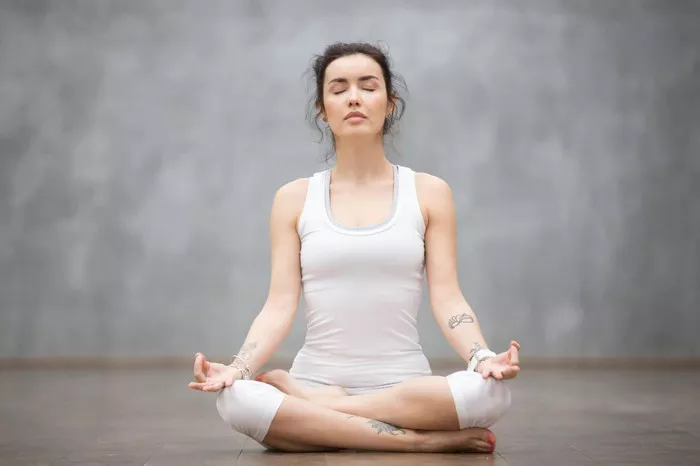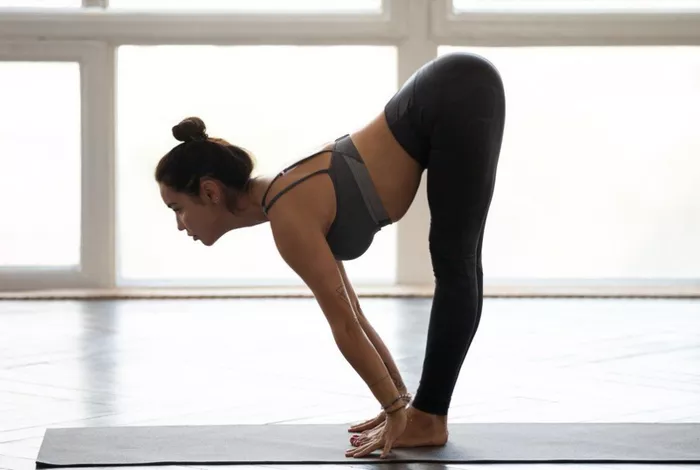Pranayama, the practice of breath control in yoga, is a foundational aspect of the discipline, offering numerous benefits for physical, mental, and spiritual well-being. However, the timing of when to incorporate pranayama into a yoga class can significantly impact its effectiveness and the overall experience of practitioners. Understanding the optimal moments for integrating pranayama techniques is crucial for yoga instructors to enhance the practice and achieve desired outcomes for their students.
Understanding Pranayama:
Before delving into the timing of pranayama practice, it’s essential to grasp the significance of this ancient yogic technique. Pranayama, derived from the Sanskrit words “prana” (life force) and “ayama” (control), involves regulating the breath to influence the flow of vital energy in the body. Through various breathing exercises, practitioners can balance their energy, calm the mind, and deepen their connection to the present moment.
Pranayama is often considered one of the eight limbs of yoga, as outlined by the sage Patanjali in the Yoga Sutras. It plays a fundamental role in preparing the mind and body for meditation, making it an indispensable component of traditional yoga practice.
The Importance of Timing:
While pranayama can be beneficial at any time, the timing of its incorporation into a yoga class can significantly impact its efficacy. Factors such as the practitioner’s physical state, the sequence of asanas (yoga postures), and the overall flow of the class must be considered when determining when to introduce pranayama techniques.
Preparation Phase:
Incorporating pranayama at the beginning of a yoga class can serve as an effective way to center the mind, establish a connection with the breath, and prepare the body for more dynamic asana practice. This initial phase sets the tone for the entire session, helping practitioners transition from the busyness of everyday life to a state of presence and awareness.
During the preparation phase, gentle pranayama techniques such as diaphragmatic breathing or alternate nostril breathing can be introduced. These practices help calm the nervous system, reduce stress, and create a sense of inner harmony, laying a solid foundation for the rest of the class.
Integration with Asana Practice:
Another opportune moment to incorporate pranayama is during the asana practice itself. By synchronizing breath with movement, practitioners can deepen their awareness of the present moment and enhance the benefits of both pranayama and yoga postures.
For instance, linking inhales and exhales with specific movements can help create a flowing, meditative experience, known as Vinyasa or breath-synchronized movement. Integrating breath awareness into asana practice not only fosters mindfulness but also enhances the flow of energy throughout the body, promoting a sense of vitality and balance.
Cooling Down and Relaxation:
As the yoga class nears its conclusion, incorporating pranayama techniques during the cooling-down phase can facilitate relaxation and rejuvenation. Practices such as extended exhalation or Sitali (cooling breath) can help lower the heart rate, calm the mind, and prepare practitioners for the final relaxation or Savasana.
By encouraging students to focus on their breath during this phase, instructors can guide them towards a state of deep relaxation and introspection, maximizing the overall benefits of the practice.
Pranayama as a Standalone Practice:
While pranayama is often integrated into yoga classes, it can also be practiced independently as a standalone discipline. Dedicated pranayama sessions allow practitioners to explore advanced breathing techniques, such as Kapalabhati (skull-shining breath) or Bhastrika (bellows breath), in greater depth and duration.
Timing standalone pranayama sessions outside of regular yoga classes provides an opportunity for focused exploration and refinement of breath control techniques. Practitioners can devote uninterrupted time to deepen their understanding of pranic energy and its influence on physical and mental well-being.
Conclusion
Incorporating pranayama into yoga classes offers a multitude of benefits for practitioners, ranging from stress reduction to enhanced concentration and spiritual growth. However, the timing of when to introduce pranayama techniques is crucial for optimizing its effectiveness and integrating it seamlessly into the overall yoga practice.
By considering factors such as the preparatory phase, integration with asana practice, cooling down, and standalone sessions, yoga instructors can create a well-rounded experience that nurtures the mind, body, and spirit of their students. Ultimately, the art of timing pranayama in yoga classes lies in balancing tradition with innovation, guiding practitioners towards a deeper understanding of themselves and the profound interconnectedness of breath and life.
FAQs:
Is 10 minutes of pranayama enough?
Pranayama’s effectiveness isn’t solely determined by duration but also by consistency and technique. While 10 minutes can offer benefits like relaxation and stress reduction, optimal results may vary depending on individual needs and goals. Regular practice, regardless of duration, can gradually deepen breath awareness and promote overall well-being.
Is it OK to do pranayama in the evening?
Pranayama can be beneficial in the evening to unwind and prepare for relaxation or sleep. However, some energizing techniques might interfere with sleep for some individuals. Gentle practices like Nadi Shodhana (alternate nostril breathing) or Sitali (cooling breath) are generally suitable for evening practice, promoting calmness and balance without overstimulating the nervous system.
How to teach pranayama for beginners?
Start by emphasizing the importance of a comfortable seated position and relaxation of the body. Introduce simple techniques like diaphragmatic breathing or equal ratio breathing, focusing on inhaling and exhaling evenly. Emphasize awareness of the breath and encourage students to observe any sensations without judgment. Gradually progress to more advanced techniques as students become familiar with basic breath control. Demonstrate each technique clearly, and offer verbal cues and gentle guidance throughout the practice. Encourage students to practice regularly and listen to their bodies’ feedback.














